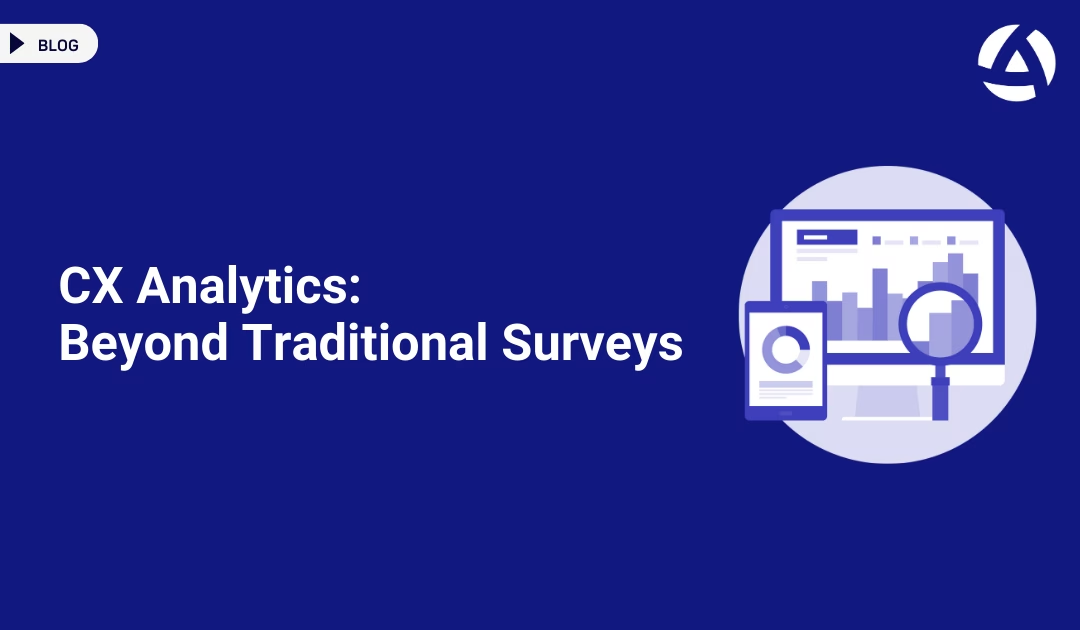Real-time monitoring has become an essential component in delivering exceptional customer experiences. As businesses strive to meet the evolving demands of their customers, the ability to track, analyze, and respond to customer interactions in real-time is more important than ever. CX software plays a vital role in enabling this capability, offering tools that empower businesses to stay ahead of customer needs and expectations.
The Power of Real-Time Monitoring
Real-time monitoring allows businesses to gain immediate insights into customer behavior, preferences, and feedback. By using CX software, companies can:
- Track Customer Interactions: Monitor customer interactions as they happen across various channels, including social media, email, and live chat. This enables businesses to respond quickly and effectively to customer inquiries, complaints, or feedback.
- Identify Trends Instantly: Spot emerging trends in customer behavior or sentiment as they occur, allowing for rapid adjustments to strategies or communication.
- Proactive Problem-Solving: With real-time data, businesses can identify potential issues before they escalate, offering solutions proactively to enhance the customer experience.
Benefits of Real-Time Monitoring with CX Software
The integration of real-time monitoring into CX software brings numerous benefits, including:
- Enhanced Responsiveness: Businesses can respond to customer needs more quickly, reducing wait times and improving overall satisfaction.
- Informed Decision-Making: Immediate access to data allows companies to make informed decisions on the fly, adjusting strategies based on the latest insights.
- Consistency Across Channels: CX software ensures that monitoring is consistent across all customer touchpoints, providing a seamless experience regardless of the platform or channel used.
Implementing Real-Time Monitoring in CX Strategy
To fully leverage the benefits of real-time monitoring, businesses should consider the following approaches:
- Set Clear Objectives: Define what aspects of the customer experience you want to monitor in real-time, such as response times, customer sentiment, or product feedback.
- Use Alerts and Notifications: CX software can be configured to send alerts when specific thresholds are met, such as a sudden spike in negative feedback or a delay in response time. This ensures that the relevant teams can take immediate action.
- Integrate with Other Tools: For a more comprehensive view, integrate real-time monitoring with other analytics tools and customer databases. This provides a holistic view of the customer journey and enables more targeted interventions.
Real-Time Monitoring in Action
While real-time monitoring offers significant advantages, its effectiveness depends on how well it is implemented and utilized within the organization. Key considerations include:
- Training and Development: Ensure that staff are trained to understand and act on real-time data, enabling them to provide timely and appropriate responses.
- Automating Responses: For common or repetitive inquiries, consider using automation within your CX software to provide instant responses, freeing up time for more complex issues.
- Continuous Improvement: Regularly review the effectiveness of your real-time monitoring strategy and make adjustments as needed to ensure that it continues to meet customer needs and business goals.
The Future of Real-Time Monitoring with CX Software
As technology advances, the capabilities of real-time monitoring will continue to evolve. CX software is expected to integrate more advanced features, such as AI-driven analytics and predictive monitoring, which can anticipate customer needs before they even arise. Businesses that integrate AI-powered communication tools, such as virtual assistants and automated call management systems, can further enhance their customer service capabilities. Platforms that offer mobile-first phone systems provide AI-powered business phone solutions, enabling companies to manage calls and messages efficiently while maintaining a personal touch.
As part of this evolution, businesses are increasingly turning to AI-powered tools to manage communications more efficiently. For example, leveraging a robust virtual call center solution can enable organizations to handle customer interactions at scale while maintaining the personal touch. Platforms like this help ensure high availability and seamless customer support across global teams, aligning perfectly with the demands of real-time CX strategies.
Incorporating real-time monitoring into your CX strategy with the help of robust CX software is not just about reacting to customer issues as they happen. It’s about proactively shaping the customer journey, ensuring that every interaction is optimized for satisfaction and loyalty. By doing so, businesses can build stronger relationships with their customers and maintain a competitive edge in the market.




